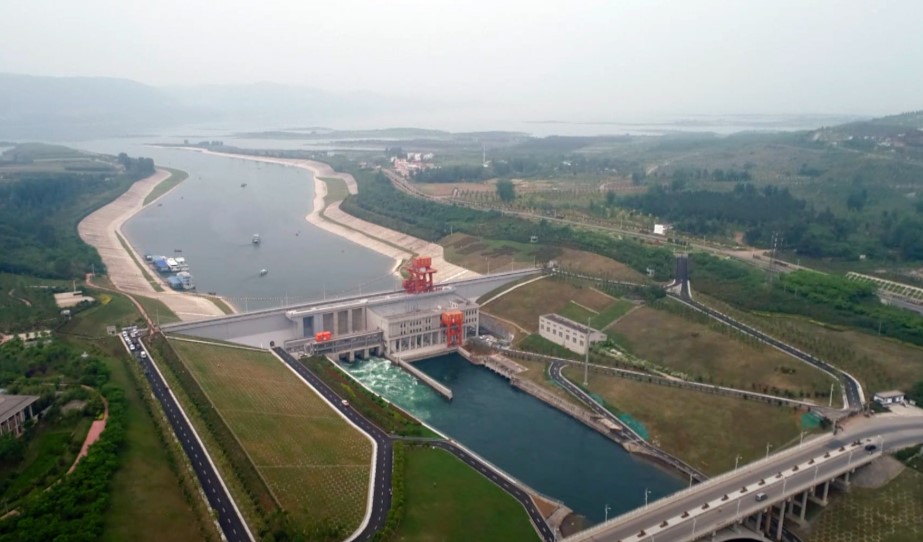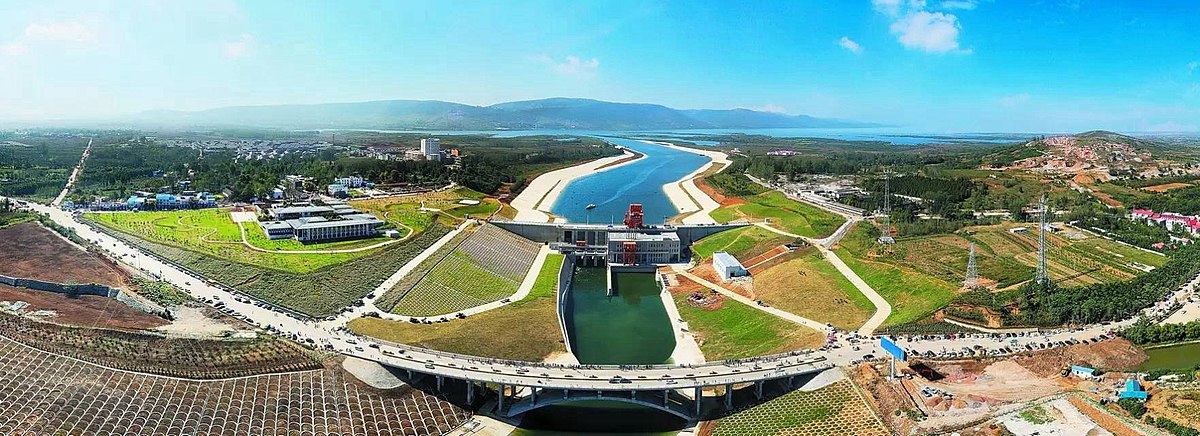Africa News 24 Pretoria Bureau
BEIJING, China — China’s South-to-North Water Diversion Project, the world’s largest water transfer initiative, has achieved a significant milestone by delivering over 70 billion cubic meters of water through its middle route since its full operation began in December 2014.
This monumental project serves as a critical water source for 26 major cities and more than 200 counties, benefiting approximately 114 million residents across Beijing, Tianjin, Hebei, and Henan provinces.
In Beijing, the impact is particularly profound, with diverted water comprising nearly 80% of the city’s urban water supply. This water travels over 1,000 kilometres from the Danjiangkou Reservoir in central China’s Hubei Province, traversing canals and pipelines and crossing beneath the Yellow River before reaching Beijing’s treatment plants.
Tianjin has also seen extensive benefits, with the project’s reach expanding to 15 of the city’s 16 administrative districts. Infrastructure enhancements have extended water access to rural areas, improving drinking water quality through various initiatives.
Over the past decade, the middle route’s service areas and beneficiary populations have steadily expanded. The project has played a vital role in ecological restoration across northern China, alleviating groundwater overexploitation and restoring continuous flow to major rivers such as the Hutuo, Yongding, and Daqing.

Looking ahead, plans are underway to increase the middle route’s annual water transfer capacity from the current 9.5 billion cubic meters to 11.5 billion cubic meters by 2031. This expansion includes a newly launched project in western Hubei, aiming to connect the Three Gorges Reservoir with the Hanjiang River.
More from Africa News 24
China commits to eradicating severe air pollution by 2025
While the project addresses critical water shortages in northern regions, it has also prompted discussions about environmental impacts, including concerns over water quality and ecosystem disruptions. Continuous monitoring and adaptive management are essential to ensure the project’s sustainability and to balance human needs with environmental preservation.
The South-to-North Water Diversion Project exemplifies China’s commitment to large-scale infrastructure solutions to address regional disparities in water resources, aiming to secure water supplies for its populous northern regions while striving for ecological balance.












